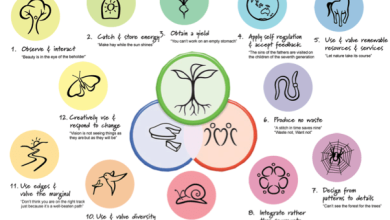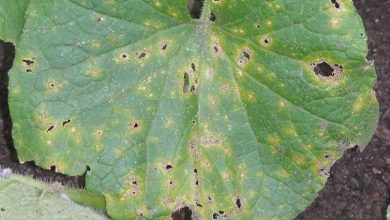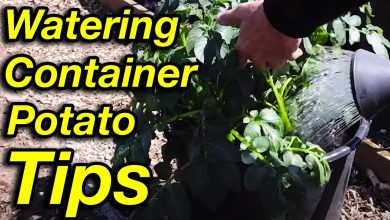Amaranth, how to grow it? Planting, care and harvest
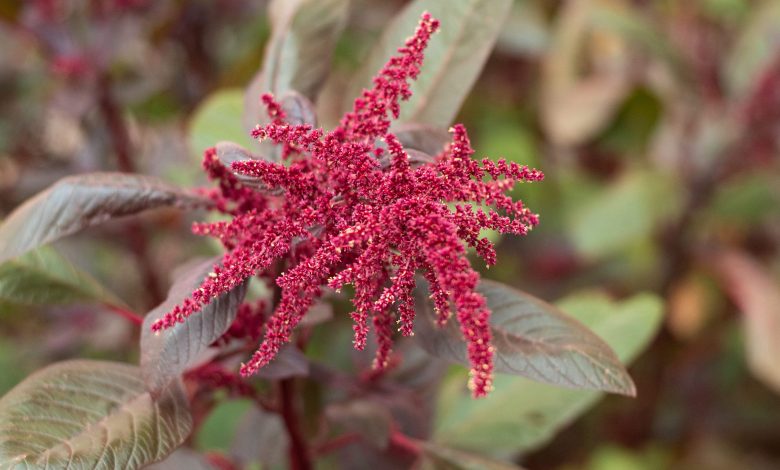
Hello everyone! At the request of one of our readers, today we are going to explain in detail how to grow amaranth. But first of all, the first thing is to explain what amaranth is.
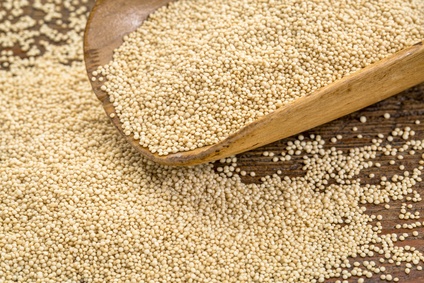
What is amaranth?
Amaranth is a plant that belongs to the Amaranthaceae family and to the genus Amarhantus. It is a genus of plants widely distributed throughout most of the temperate and tropical regions. Several of them are grown as vegetables, grains or ornamental plants. Amaranth grain is considered a pseudocereal, since it has properties similar to those of cereals but taxonomically it is not.
Amaranth is an annual crop plant that can reach 0.5 to 3 meters in height; It has wide and abundant bright-colored leaves, spikes and purple, orange, red and gold flowers.
Properties and benefits of amaranth
Without a doubt, amaranth is one of the richest and most nutritious foods. It is currently one of the favorite products for athletes, because it is easy to transport and contains a lot of protein. Some of its properties are:
Rich in minerals and vitamin C
Contains lysine (essential amino acid, that is, it needs to be ingested because our body cannot manufacture it by itself), which helps memory, intelligence and high learning.
Low in fat.
Healthy source of carbohydrates. It provides you with energy and serves as a dietary fiber and laxative. It is 100% digestive.
Proteins. It is a natural source of these nutrients and is on a par with the properties of milk and has twice the protein of rice.
– Contributes to the prevention of colon cancer and LDL cholesterol (the “bad”). In addition, by consuming natural amaranth you fight osteoporosis and anemia.
Species or varieties of amaranth
There are three species of amaranth that produce seed and that, in turn, are the most appreciated:
– Amaranthus caudatus: It is grown in the Andes region and is marketed as an ornamental plant, mainly in Europe and North America.
– Amaranthus cruentus: It is native to Mexico and Central America, where it is grown mainly for grain. It is also consumed as a vegetable.
– Amaranthus hipochondriacus: Coming from the central part of Mexico, it is cultivated to obtain grain.
How to grow amaranth
sowing of amaranth
With approximately 1 kilogram of seed, 3 hectares can be sown, that is, we need 333 g/ha. For more humble dimensions and thinking about the number of seeds, we would need about 55 seeds/m2.
Planting depth is extremely important, the best results are obtained when planting 1 to 2 cm from the soil surface. If the depth is greater, there are problems and emergence is very irregular. In addition, the soil or substrate must be moist at this time.
In Mexico, where the cultivation of amaranth is more common, there are two modalities: direct sowing in soil and sowing in seedbeds and subsequent transplanting.
In the first case, planting can be in two ways:
- Planting in furrows: the furrows are 5 cm deep and are spaced 60-70 cm apart. The seeds are deposited in the form of a continuous stream inside and along the furrow.
- Sowing by hits: It is sown in groups separated by 20 cm and 10-20 seeds can be deposited for each group.
In the case of seedbeds, the seeds are sown in their beds, where they are kept until they reach a height between 15 to 20 cm. Later they will be transplanted to the definitive land, where furrows have previously been opened at a distance of 70-100 cm from each other and at a depth of 30 cm, approximately 3-6 seedlings are placed every 60 cm in the furrows, then they are covered with earth and compacts around them.
amaranth irrigation
The total amount of water required by amaranth throughout its life cycle is only 60% that of wheat or barley, therefore seed amaranth is an ideal crop for dry regions. It supports the scarcity and irregularity of rains, it needs moisture only at the time of planting until the shoots appear, although with the contribution of irrigation throughout the cycle, yields are improved.
In mid or late summer the colorful spikes appear, if you rub them and the seeds come off, it is time to suspend irrigation to start harvesting.
Increase
Amaranth cultivation is highly efficient as it can thrive in adverse agroclimatic conditions: drought, high temperatures or saline soils. Its vegetative cycle has an average of 180 days, from when it germinates until the seed reaches maturity.
amaranth care
It is important to have the plant in a place with light. Pests do not usually attack it. In fact, the plant generates enzymes that fight phytophagous insects naturally, and when it is attacked, it moves the sugars away from where the source of the damage is, so they are left without food. In addition, the incidence of pests and diseases can be decreased through crop rotation.
After the establishment of the crop, the most important thing is the control of weeds. To achieve this, two weedings are necessary, the first when the plant is 10-20 cm tall, and the second at 40 or 50 cm tall.
It is important to note that special care must be taken with weeds in the early stages of growth, since amaranth grows very slowly during the first month. Afterwards, it would not be so necessary, since the plant is large enough to compete against the weeds, even, sometimes, the second weeding could be omitted.
Association of crops with amaranth
Production systems have been developed for amaranth cultivation associated with corn and beans, mainly; thanks to its agronomic conditions.
amaranth harvest
The harvest must be carried out when the plants appear yellowish brown. In any case, it presents a certain dehiscence at the base of the panicles and the grains, they turn floury when they have reached harvest maturity.
After having suspended the irrigation, let 3 days pass and harvest them. The traditional way of harvesting the grain of amaranth consists of cutting the panicles, putting them to dry for two or three days in the sun on a blanket or cement surface, and later threshing them, beating them with sticks or trampling them with animals; the seed is cleaned by fanning it.
amaranth storage
The most recommended humidity to store the seed is 10 to 12 percent, which is achieved by drying it in the sun for two to three days, as already mentioned.
Grain stored free of pests and diseases retains its nutritional potential between 5 and 7 years if it is kept in a dry, cool and ventilated place.
A problem that can arise is the direct inhalation of amaranth dust by handling it, which should be minimized by wearing masks, to prevent repeated exposure that can lead to respiratory problems.
As you have seen, amaranth is a crop that can contribute a lot to your orchard, your garden and your health. Why don’t you dare to try it?
I hope this article helps you and see you in the next one!

